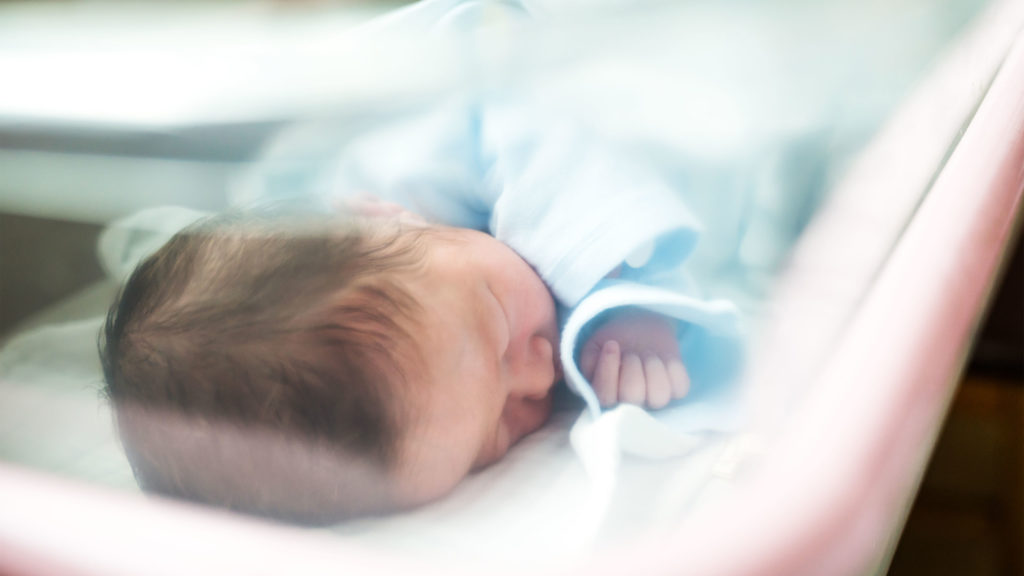C-section vs. Natural Delivery?
Bringing a baby into this world is one of the most special and memorable moments a mother will experience. This can happen in one of two ways – a Vaginal (natural) delivery, or a Caesarean (surgical) delivery, also known as a c-section.
C-sections were previously widely considered a “last resort”, but more women are preferring the option of a c-section or have certain conditions that make a c-section a more viable option.
What should you know about a natural delivery and c-section before you decide?
Natural or Vaginal Delivery
What happens?
In a vaginal delivery, the mother goes through the process of labour. The duration of labour varies among individuals, but comprises of 3 stages:
- Regular contractions with progressive cervical dilation till 10cm
- Delivery of the baby (effort i.e. “pushing” needed)
- Delivery of the placenta
Some women opt for painkillers like an epidural, while others go medication-free.

What you should know about natural or vaginal delivery
- Babies benefit from natural birth as well
With natural delivery, mothers can initiate breastfeeding earlier to improve bonding. In addition, during the delivery process fluid is “squeezed out” of the baby’s lungs, which may reduce risk of breathing problems for the baby. In addition, some argue the acquisition of good bacteria as it passes through the mother’s birth canal may result in better immune system and lower risk of allergies for the baby.
- Vaginal birth is unpredictable
The labour duration in natural delivery can be up to 12-14 hours for first pregnancies and depending on the delivery, there may also be a need for conversion to c-section during emergency.
- Vaginal Birth may cause pelvic floor problems
During natural childbirth, the pelvic floor muscles get lax, stretched, and sometimes bruised. This can cause prolapsed organs and persistent back problems in the later part of her life
.Caesarean or C-section
What happens?
A Caesarean section is a surgery done to deliver the baby surgically by removing it through an incision in the pregnant mother’s abdomen. It could be elective (planned) or emergency (unplanned). During a C-section, the pregnant mother will receive anaesthesia, usually either an epidural or a spinal block to numb the lower half of the body. The total surgery process will take about 45 minutes barring any complications.

What you should know about C-sections
- C-sections can save lives
Emergency c-sections are may be prompted or recommended in emergency situations where the baby or mother is in danger. These emergency c-sections are necessary in cases for example, when the baby is not getting enough oxygen, or when the labour is not progressing. Elective CS is advised when the baby is in breech position (head-down position).
- Post-Delivery recovery
Most recover well after a c-section, although a small minority may need a longer recovery time as compared to vaginal birth. Though the delivery process itself is less painful (no contractions, no pushing), there maybe more post-delivery pain in terms of wound and surgery recovery and other post-surgery side effects. However, modern pain relief medication helps to provide good pain control.
- Impact of C-section on next pregnancy
Women who have a c-section may try to have vaginal delivery in their subsequent pregnancies, with the option of surgery usually on standby. The success of a Vaginal Birth After C-section, also known as VBAC depends on factors including the reason for previous caesarean section, current pregnancy, and other medical or surgical problems.
Which is for you?
Some may have the view that one birth method is easier than the other. However, this is not necessarily the case. While a c-section may not require pushing and the same degree of labour, it is not without its own difficulties.
Vaginal birth may be more difficult during the process, but a c-section may requires longer recovery period. A c-section also has inherent risks as a surgical procedure.
Both c-section and vaginal delivery have their pros and cons, barring medical indications, the ultimate choice is up to you. The most important thing is that mother and child are safe and healthy, and your choice should always be made in the best interest of your family. Consult with your doctor about the best decision for you.
Keep safe and have a wonderful delivery of your baby.










